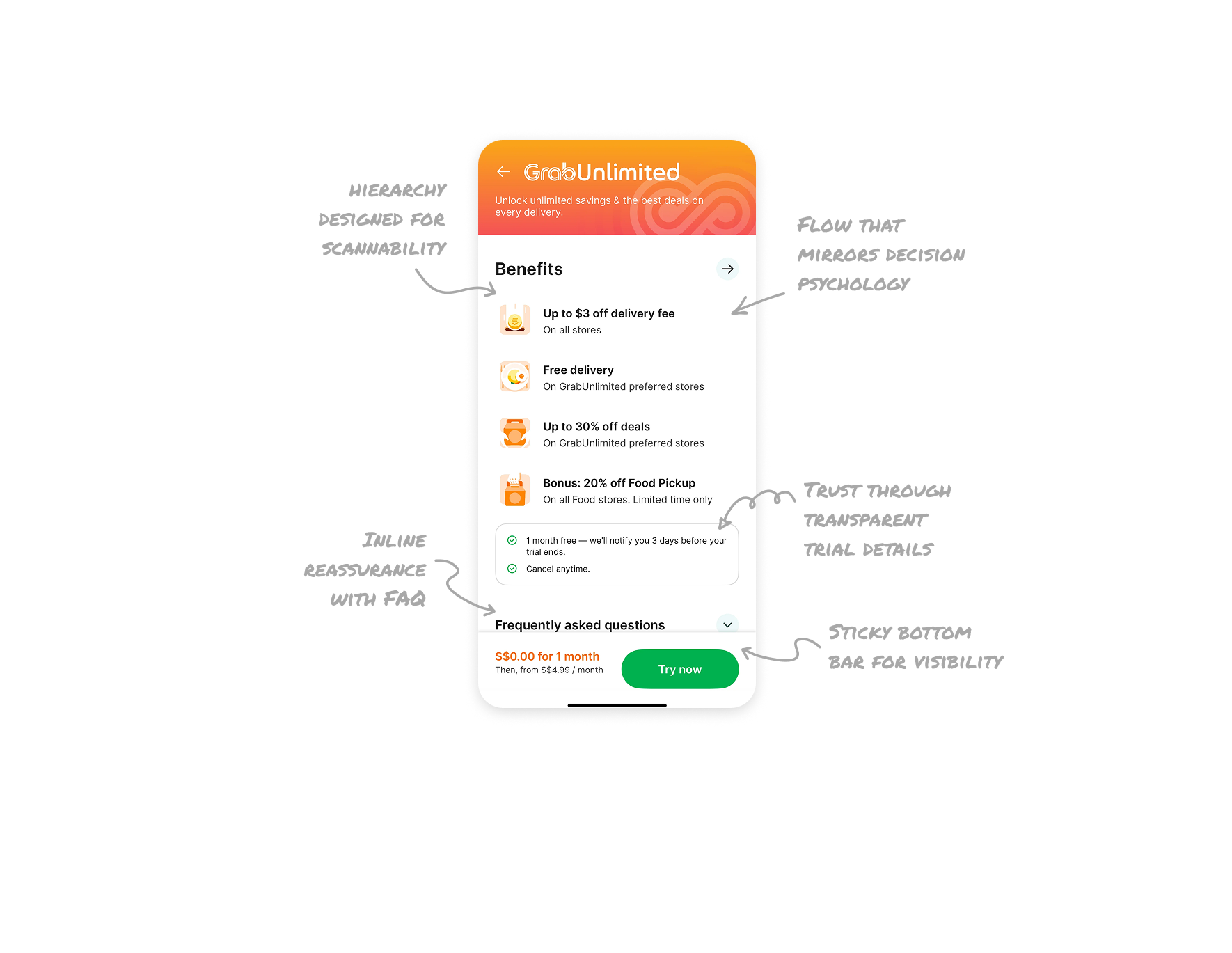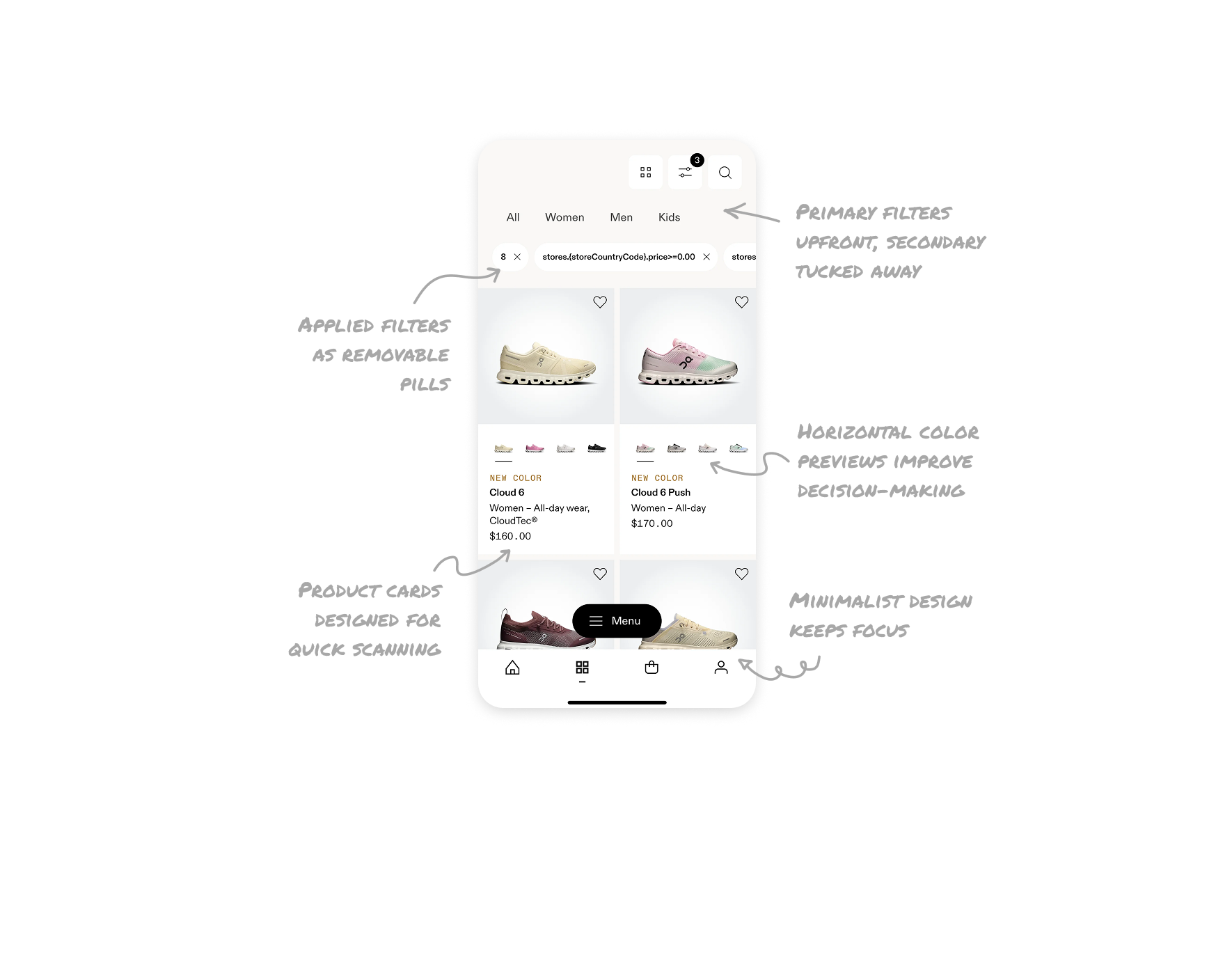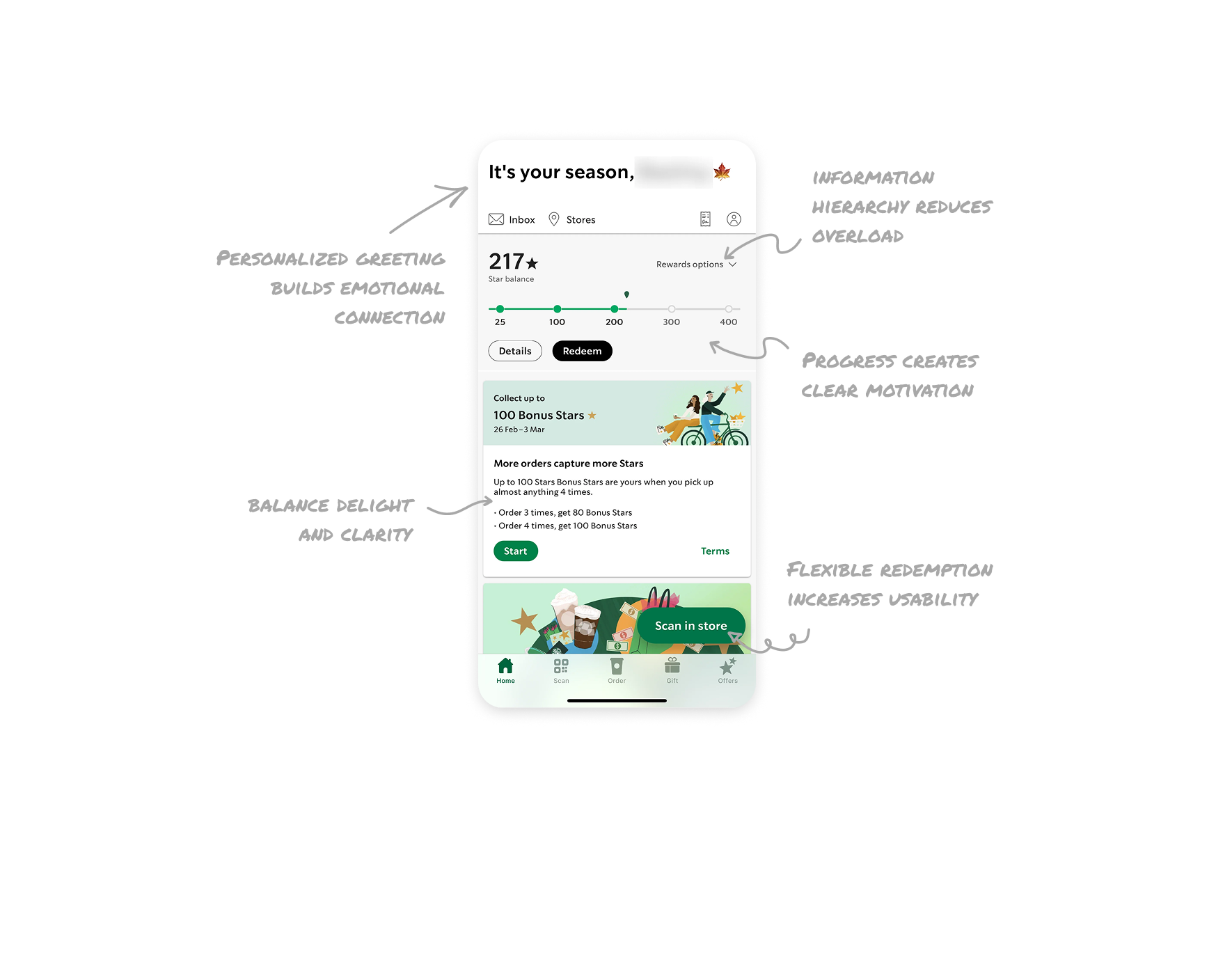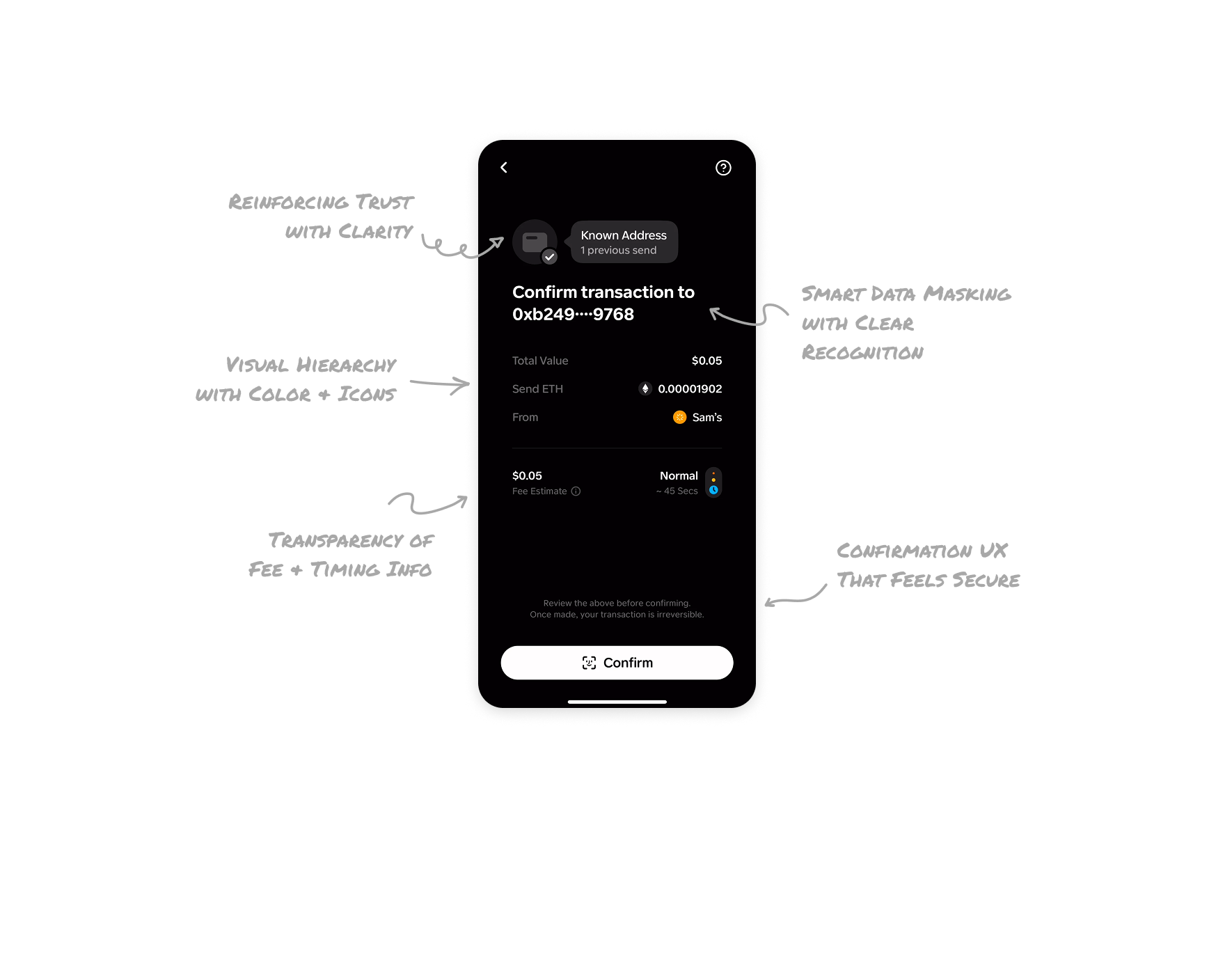5 UI Lessons from Alexa’s Home Dashboard - Amazon Alexa UI Breakdown

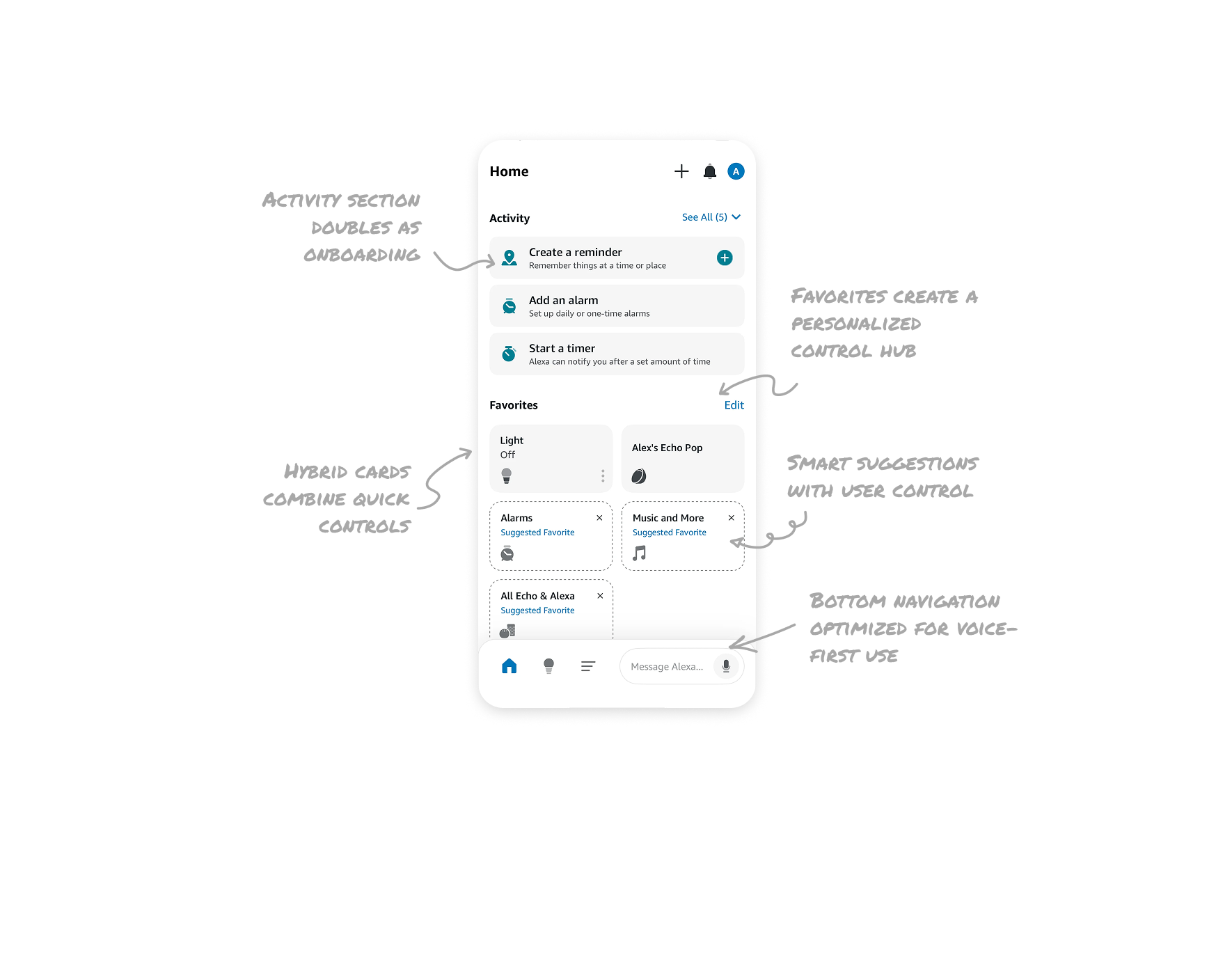
Activity section doubles as onboarding
The top “Activity” section introduces new users to Alexa’s most common use cases, like reminders, alarms, and timers. It reduces first-use friction while teaching value through action.
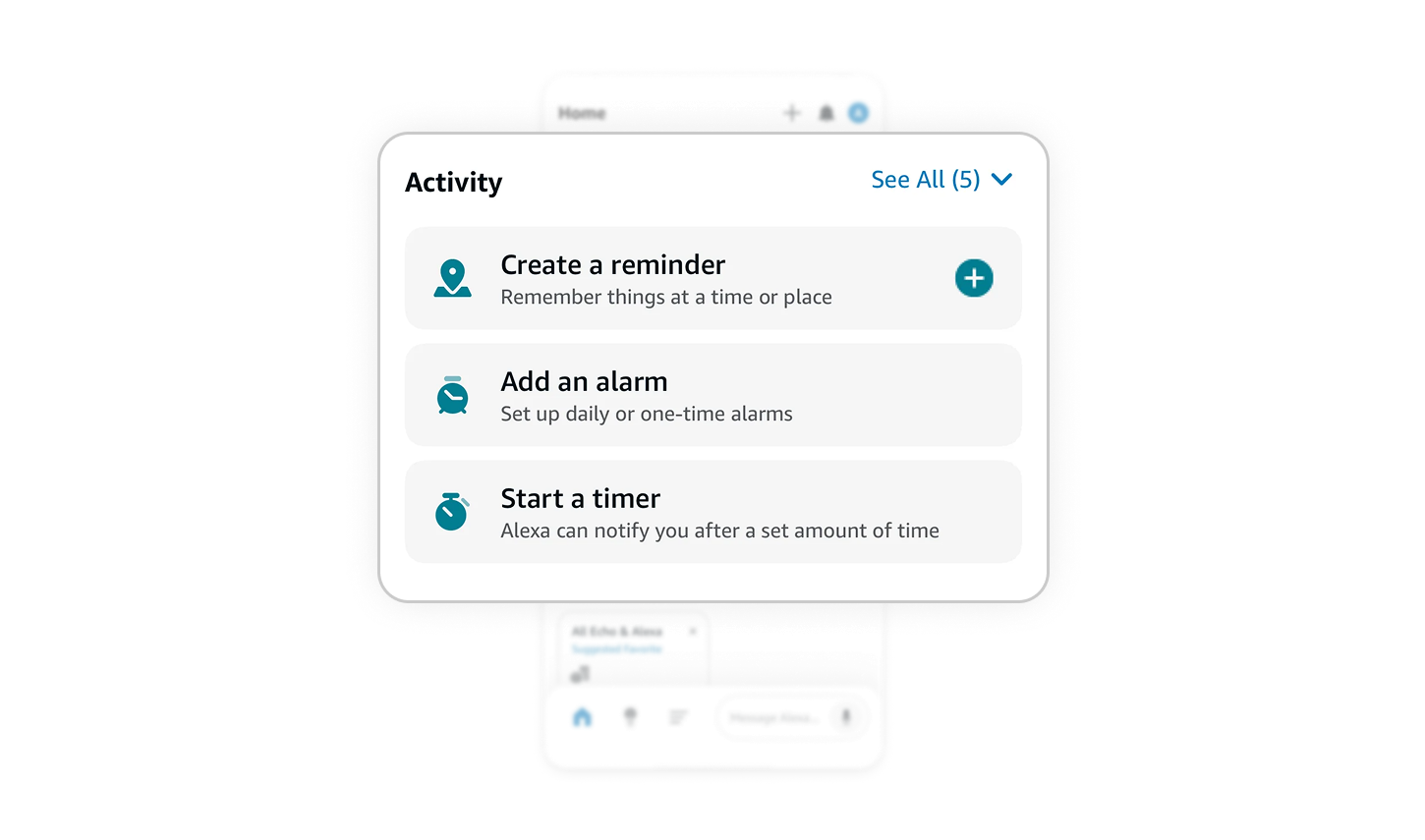
Favorites create a personalized control hub
The Favorites grid empowers users to customize their dashboard with the devices and actions they use most often. This upfront personalization makes Alexa feel more user-centric.
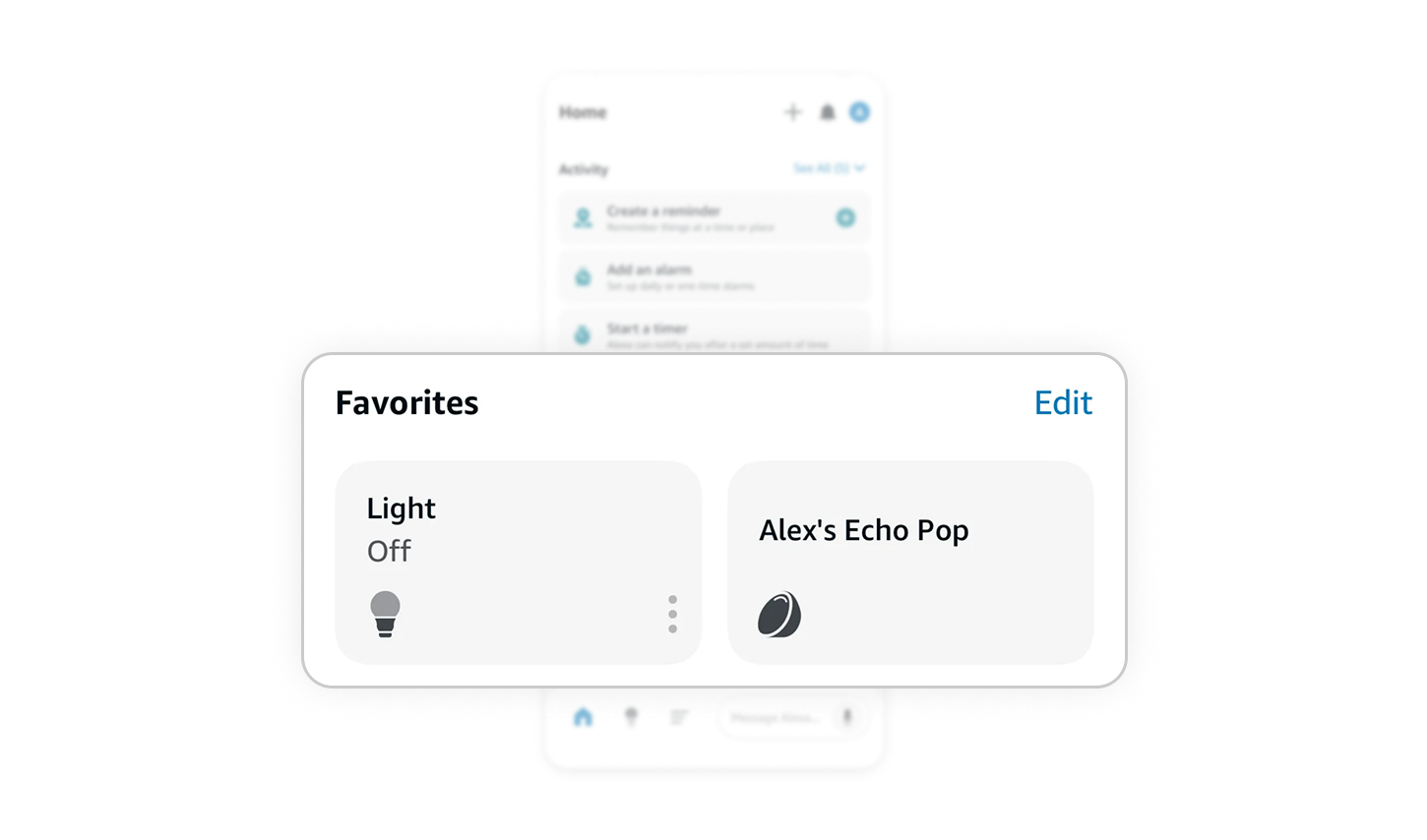
Smart suggestions with user control
Alexa suggests potential favorites (such as Alarms or Music) within the dashboard, but allows users to remove them. This balances guidance with autonomy, preventing overload while encouraging discovery.
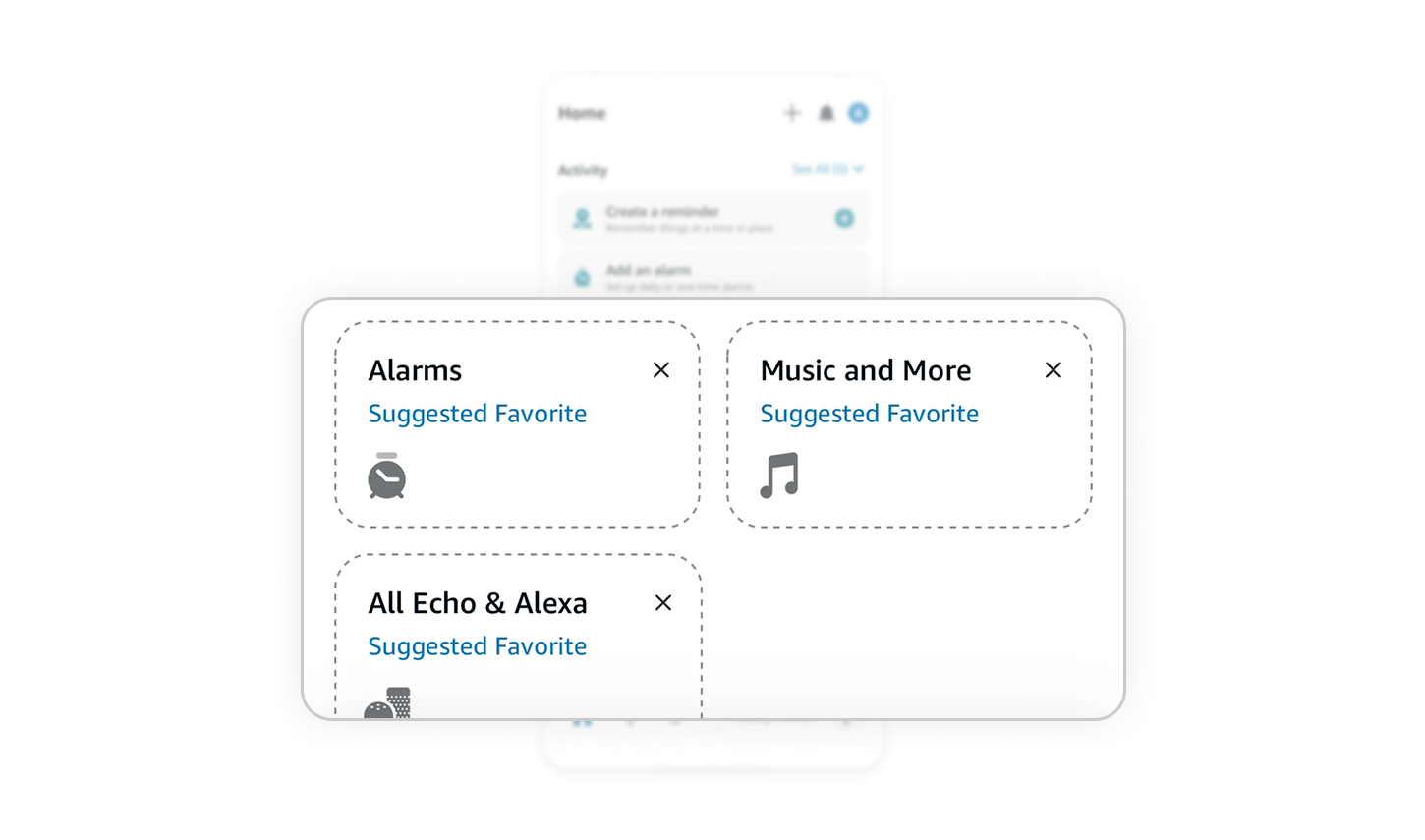
Hybrid cards combine quick and advanced controls
The Light card works as a tap-to-toggle button but also includes a three-dot menu for deeper settings. This layered design satisfies both quick actions and power-user needs.
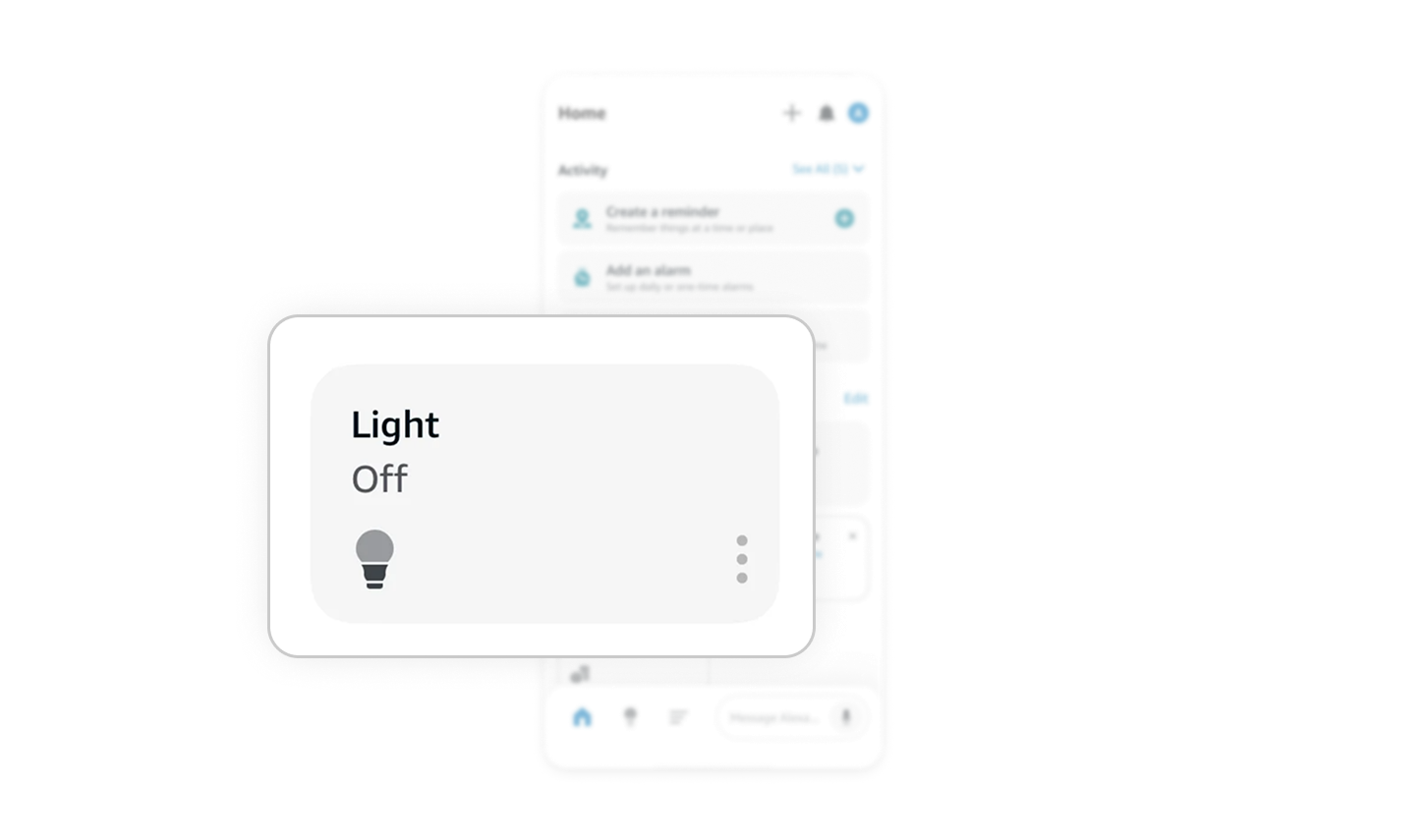
Bottom navigation optimized for voice-first use
Instead of just static icons, the bottom nav integrates text and voice search. This aligns with Alexa’s voice-driven nature and shortens the path from intent to action.
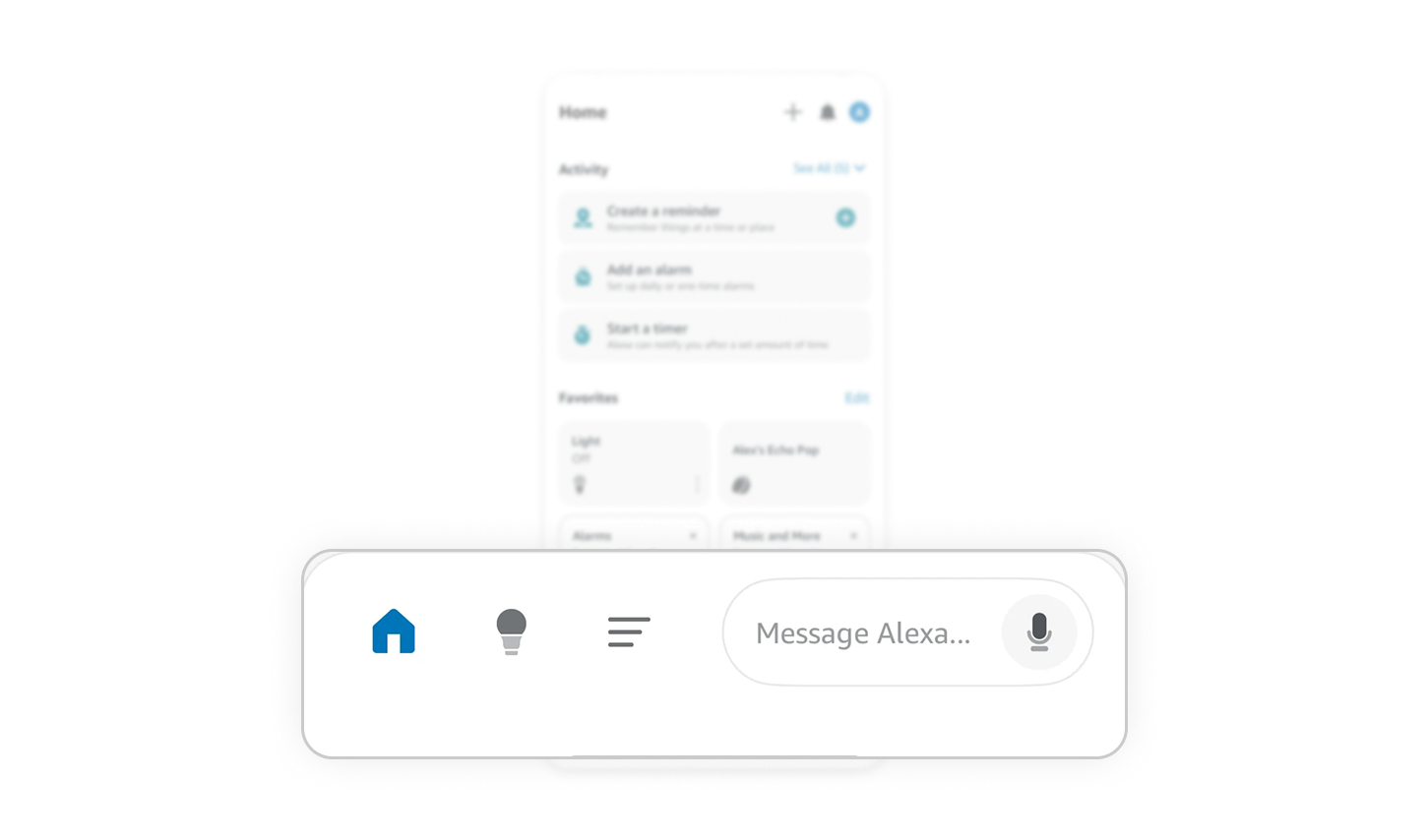
Similar Breakdown Lessons
